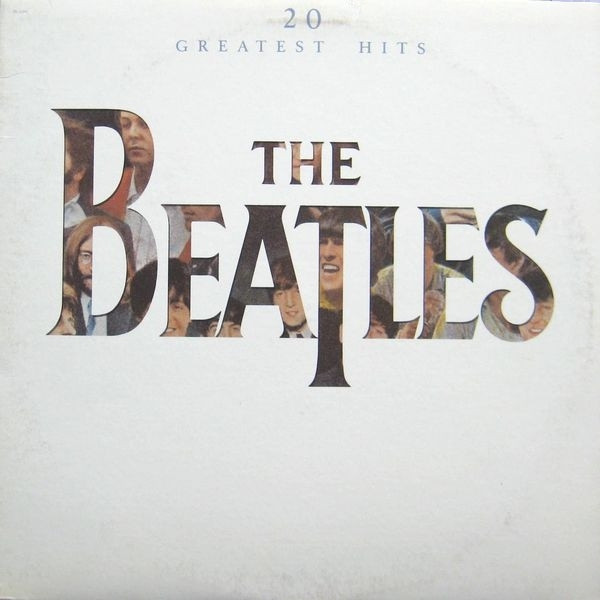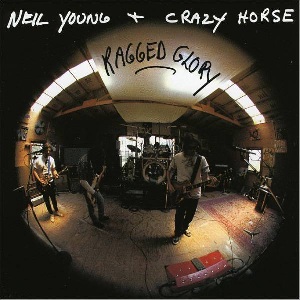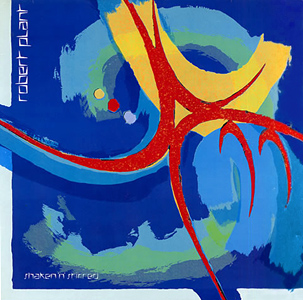 Inevitably, 1982 saw Capitol trumpeting the Beatles catalog with the obvious slogan “it was twenty years ago today”. Each of the 45s were to be ceremoniously reissued on the 20th anniversary of its original release, a plan they actually took through 1990 with a couple of detours to accommodate for such brief packaging whims as cassette singles and CD3s. They also began needless repackaging á la 1976.
Inevitably, 1982 saw Capitol trumpeting the Beatles catalog with the obvious slogan “it was twenty years ago today”. Each of the 45s were to be ceremoniously reissued on the 20th anniversary of its original release, a plan they actually took through 1990 with a couple of detours to accommodate for such brief packaging whims as cassette singles and CD3s. They also began needless repackaging á la 1976. Reel Music was based around the idea that people born after 1964 became acquainted with the boys via TV reruns of their movies, so a 42-minute LP highlighting each film was compiled featuring some of their biggest hits. But since all were on the Red and Blue albums—and several other collections by this point—the faithful were buying their fourth or fifth versions of the same recordings. The booklet was an interesting if unsuccessful art concept, notable for the liner notes and memorabilia covering each of the films. The sections for Magical Mystery Tour and Let It Be merely reprinted photos from the inner gatefolds of those albums, each of which had been quietly reissued without the extras. As another oddity of the ‘80s, “The Beatles’ Movie Medley” combined sections of seven of the album’s tunes into a four-minute single that actually charted. Part of this was to promote the album, but it also was influenced by the Stars On 45 movement—kind of like a top 40 Hooked on Classics—that rerecorded hit melodies over a thumping disco beat for aerobics workouts. (This sloppy edit, like the Reel Music compilation itself, has yet to appear on CD.)
 October brought 20 Greatest Hits, which were crammed onto a single LP in order of US release for an hour’s worth of music. (The British release featured a few different songs in a different order.) The packaging is very understated (translated: minimal) and as was the norm, all had appeared on at least one post-1970 collection—naturally, both Red and Blue albums—with the only rarity being an edit of “Hey Jude” that fades at the five-minute mark. It was a decent set of music, of course, but the timing just wasn’t right for someone seeking a single-disc compilation of the band’s hits. Anyone who had to have it on CD would have to wait, sort of, until the turn of the century.
October brought 20 Greatest Hits, which were crammed onto a single LP in order of US release for an hour’s worth of music. (The British release featured a few different songs in a different order.) The packaging is very understated (translated: minimal) and as was the norm, all had appeared on at least one post-1970 collection—naturally, both Red and Blue albums—with the only rarity being an edit of “Hey Jude” that fades at the five-minute mark. It was a decent set of music, of course, but the timing just wasn’t right for someone seeking a single-disc compilation of the band’s hits. Anyone who had to have it on CD would have to wait, sort of, until the turn of the century.
These compilations might have pleased neophytes, until they ended up getting all the original albums anyway. Meanwhile, diehard collectors got increasingly irritated with the parade of things they already had, when they just knew there had to be a pile of great unreleased stuff just itching to get out. For once, they were right, but it would be a long time and a few more lawsuits before any of it would be officially revealed. We should at least be thankful that some of those lawsuits put a stop to more collections like these. The ratings below reflect the content diluted by the lack of exclusivity.
The Beatles Reel Music (1982)—3½
Current CD equivalent: none
The Beatles 20 Greatest Hits (1982)—3½
Current CD equivalent: 1



:format(jpeg):mode_rgb():quality(90)/discogs-images/R-1296372-1422811767-9029.jpeg.jpg)







.jpg)

